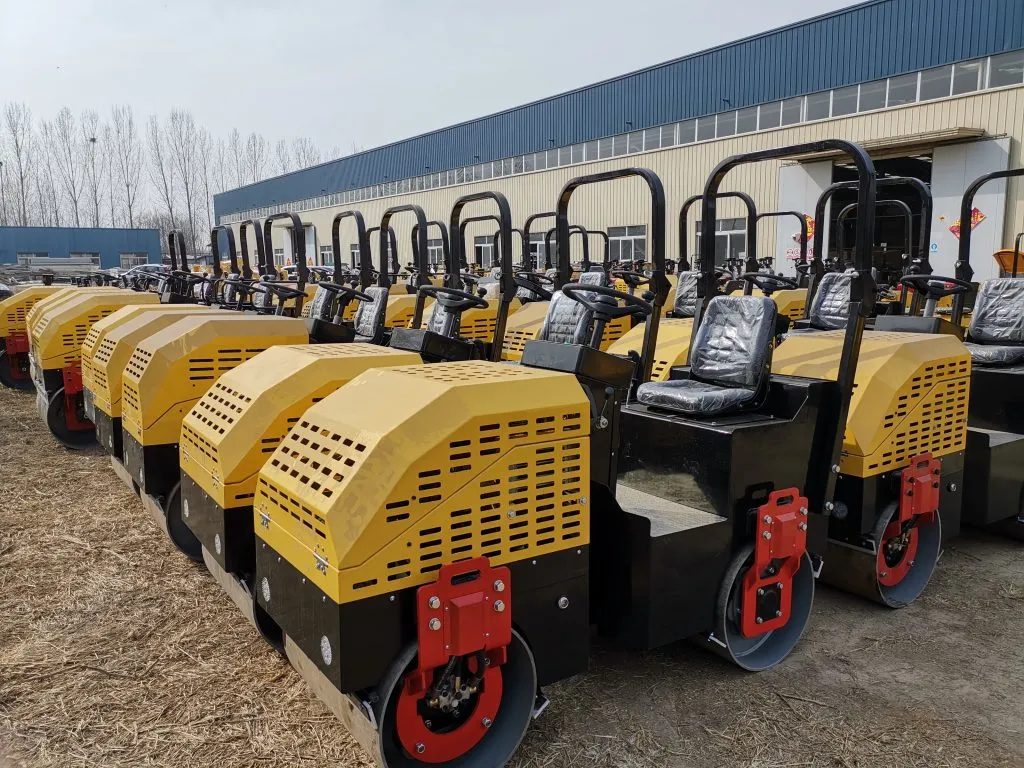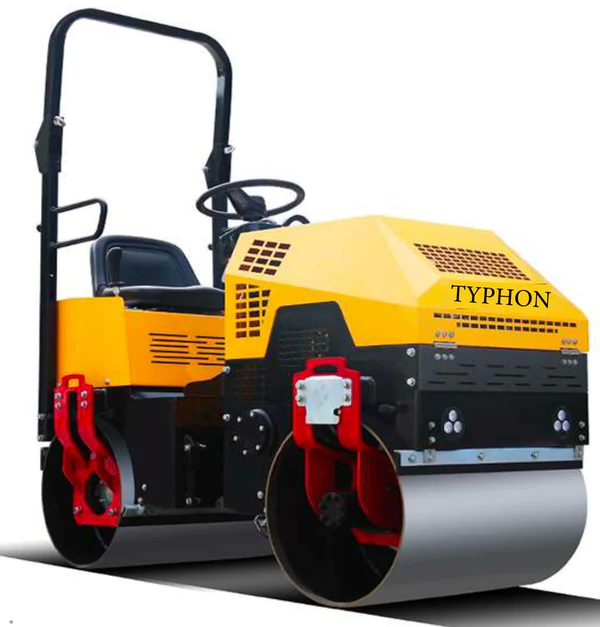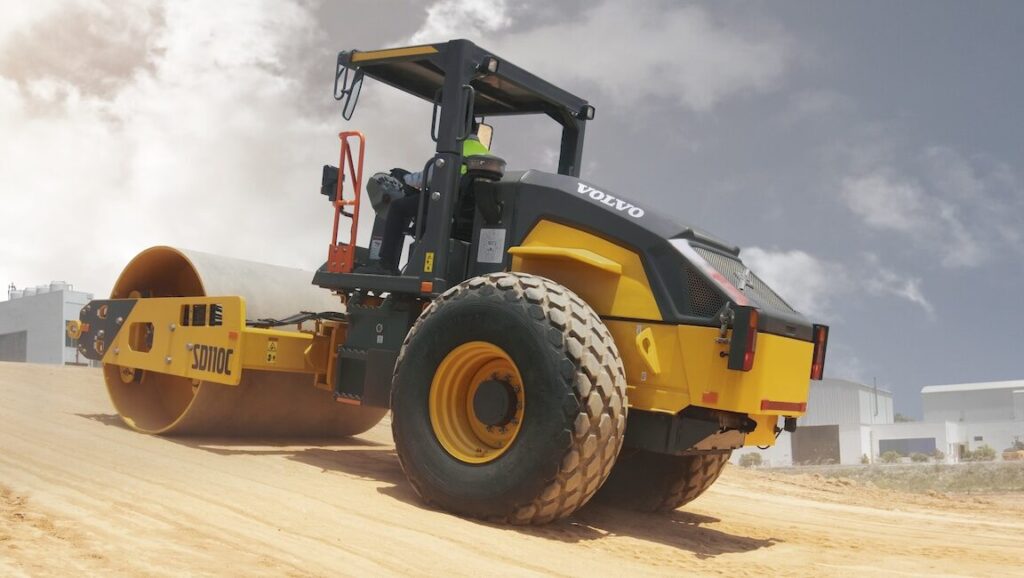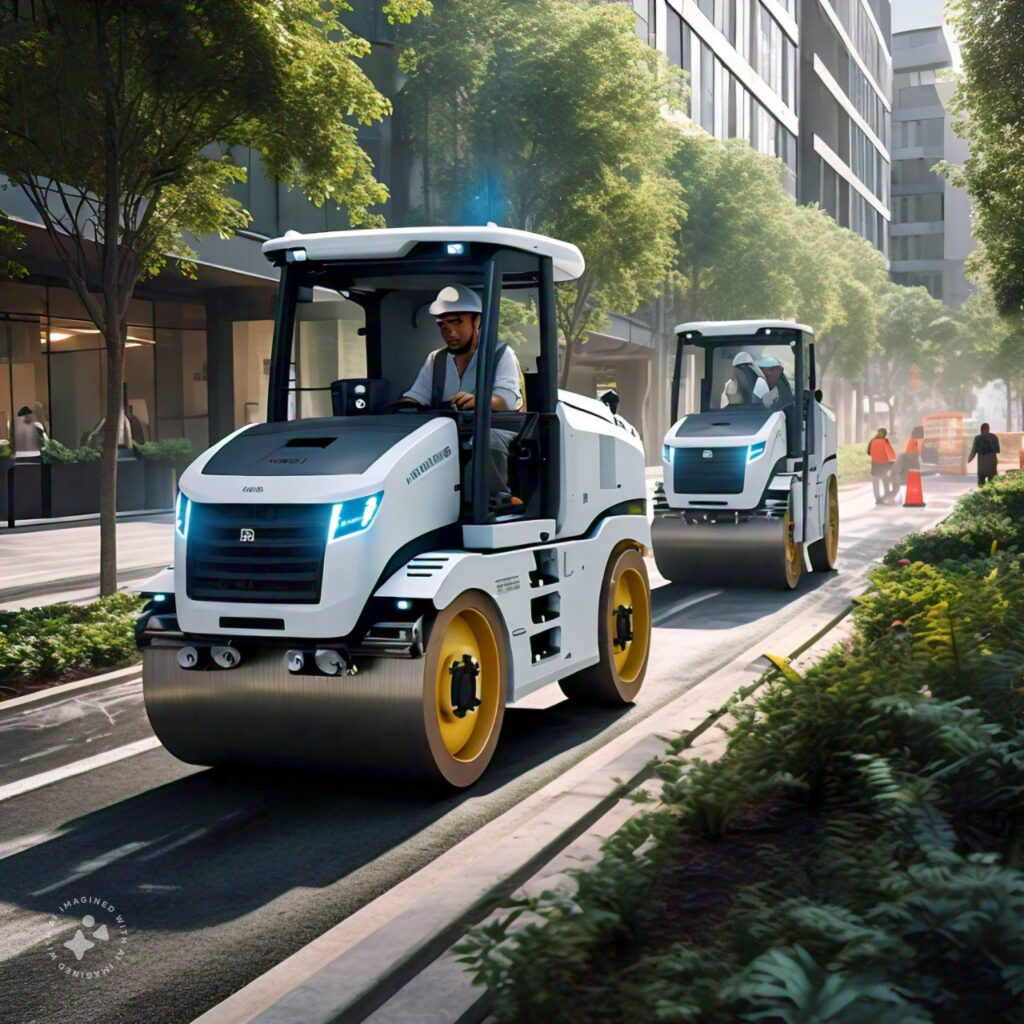Choosing the right roller compactor for your project involves considering several key factors. From understanding the type of material you’ll be compacting to evaluating the machine’s size and water system, each aspect plays a crucial role in ensuring the success of your compaction tasks. Here’s a detailed guide to help you make an informed decision.
1. Understanding the Type of Material
Compaction of Different Soils
When compacting soil, it’s essential to know the type of soil you’re working with. Different soils require different types of rollers:
- Gravel and Sand: These granular soils are best compacted using a smooth drum vibratory roller.
- Silt and Clay: These cohesive soils require a sheepsfoot (padfoot) roller for effective compaction.
Soil Moisture Content
The moisture content of the soil is another critical factor. Dry soils are harder to compact, while wetter soils are easier. Additionally, different soils require varying frequencies of vibrations:
- Sandy Soils: Typically require around 1,900 vibrations per minute.
- Clay Soils: Generally need around 1,300 vibrations per minute.
Asphalt Compaction
For asphalt compaction, the density factor and type of stone in the mix will determine whether to use a pneumatic (rubber-tired) roller, a smooth drum with vibration, or without vibration.
2. Determining Lift Thickness
Impact of Lift Thickness on Compaction
Lift thickness is crucial to achieving proper compaction. Thicker lifts require more vibratory force and machine weight. Here are some considerations:
- Thicker Lifts: Require more force and weight.
- Thinner Lifts: Can be compacted with lighter machines but may require multiple passes.
Using a heavier machine on a thin lift can cause over-compaction, while a lighter machine on a thick lift might leave the base improperly compacted.
3. Type of Work and Project Requirements
Soil Compaction Jobs
Different types of soil compaction jobs include:
- Base Compaction
- Slope Compaction
- Trench Work
For trench work, a radio remote trench roller might be required.
Asphalt Compaction Jobs
Asphalt compaction can range from small projects like golf paths to larger ones like parking lots and roads. The size and type of compactor should match the job requirements.
4. Area Size for Compaction
Importance of Drum Width
Drum width is crucial for effective compaction. A wider drum might not always be better. Smaller drums can reduce the number of passes required and minimize overlap, which helps prevent over-compaction.
Confined Areas
For confined areas, smaller compactors are more suitable. The mat width required for asphalt compaction should match the roller drum size to ensure efficient coverage.
Learn More: Different Types of Soil Compaction Equipments
5. Machine Size and Specifications
Selecting the Right Size
Compactors come in various sizes and operating weights. Consider the following:
- Single Smooth Drum and Padfoot Vibratory Compactors: Drum widths range from 42 to 84 inches.
- Double Drum Models: Drum widths range from 30 to 84 inches.
- Pneumatic Tire Compactors: Drum widths range from 36 to 91 inches.
- Double Drum Static Models: Drum widths range from 28 to 56 inches.
Rental companies typically carry smaller rollers, while OEM dealers offer larger ones. For versatile use, 47-inch-wide asphalt rollers are popular.
6. Adequate Water System
Importance of a Reliable Water System
For asphalt compactors, a reliable water system is crucial to prevent asphalt from sticking to the drum. Look for compactors with pressurized water tanks that can last through an entire day and ensure even water distribution.
7. Transportation Considerations
Transporting the Compactor
If you plan to transport the compactor yourself, know the machine’s static weight and ensure you have the necessary equipment to tow it safely.
Learn More: Compaction Technology – Specifying the Right Roller for the Job
Conclusion
Choosing the right roller compactor involves understanding the material, lift thickness, type of work, area size, machine specifications, water system, and transportation needs. By considering these factors, you can ensure effective and efficient compaction for your project.

